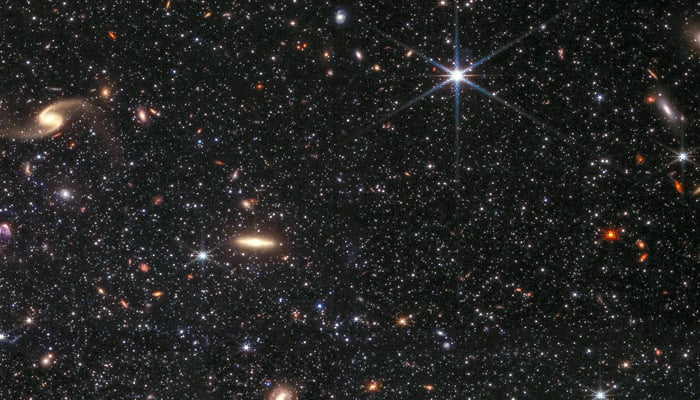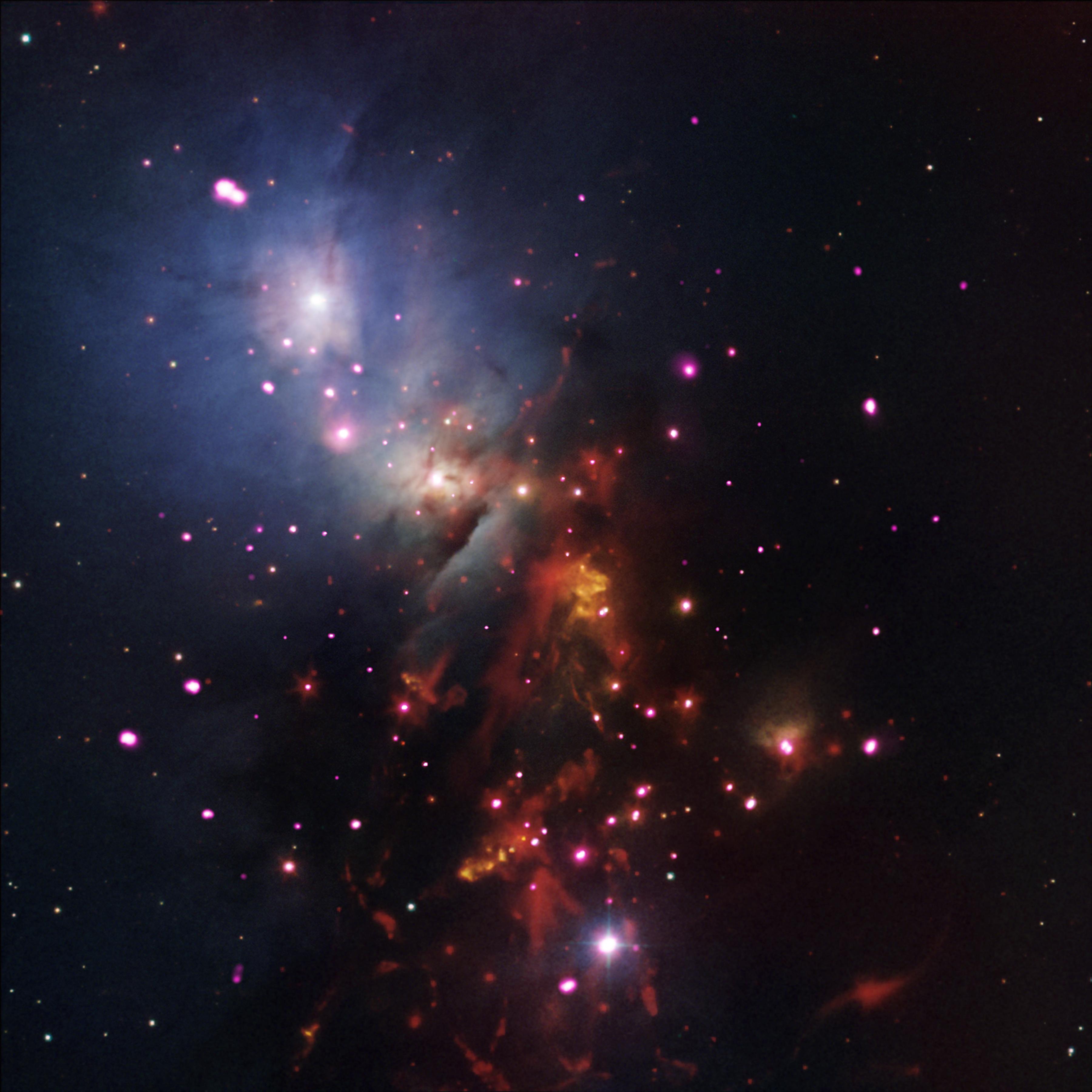Why some stars die without supernova explosion
This is why stars turn into black hole without supernova fireworks
May 22, 2024

Astronomers who have been studying stars have revealed in their new research why some stars just disappear from the night sky without making any explosion or emitting luminosity similar to a supernova.
The findings published in the journal Physical Review Letters revealed that some massive stellar bodies collapse and become black holes, challenging the earlier belief that every star witnesses a supernova event, reported Newsweek.
A study co-author Alejandro Vigna-Gómez said in a statement: "We believe that the core of a star can collapse under its own weight, as happens to massive stars in the final phase of their lives."

"But instead of the contraction culminating into a bright supernova explosion that would outshine its own galaxy, expected for stars more than eight times as massive as the Sun, the collapse continues until the star becomes a black hole."
"Were one to stand gazing up at a visible star going through a total collapse, it might, just at the right time, be like watching a star suddenly extinguish and disappear from the heavens,” the co-author said.
Vigna-Gómez added: "The collapse is so complete that no explosion occurs, nothing escapes and one wouldn't see any bright supernova in the night sky. Astronomers have actually observed the sudden disappearance of brightly shining stars in recent times."
"We cannot be sure of a connection, but the results we have obtained from analysing VFTS 243 have brought us much closer to a credible explanation," Vigna-Gómez stated.
"The orbit of VFTS is almost circular and our analysis indicates there are no signs of large asymmetries during collapse. This again indicates the absence of an explosion," Vigna Gomez said.
Therefore, the black hole in the VFTS 243 appears to have been born without a supernova.









